
OR
Nepal can accommodate 3.5 million tourists but govt aims for just 1 million
Published On: October 15, 2023 06:45 PM NPT By: Enika Rai
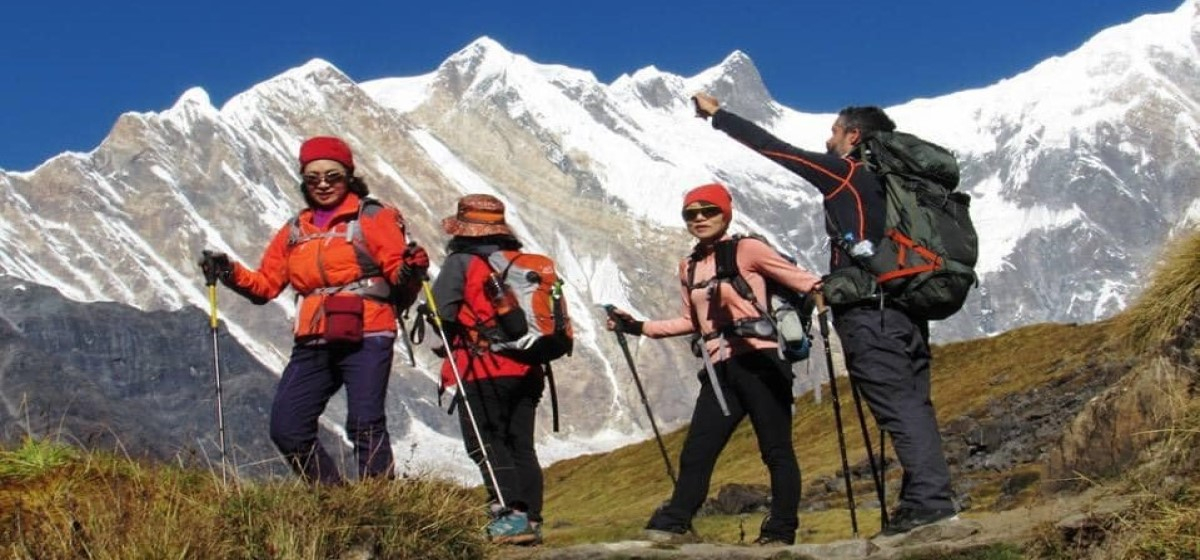
KATHMANDU, Oct 15: Despite having the infrastructure to accommodate 3.5 million tourists annually, the government's target for 2023 is a meager one million tourists. Hoteliers are less than thrilled with this target and have voiced their concerns.
"We are equipped to serve 3.5 million tourists, but the government appears content with a target of just one million tourists," said Binayak Shah, president of the Hotel Association Nepal (HAN). He questioned the government's efforts in enhancing the country's capacity to serve tourists, as the existing infrastructure predates the COVID-19 pandemic. Shah added, "How are we supposed to sustain our business like this?"
Shah further criticized the government for not conducting a comprehensive study of the tourism sector and not formulating policies and action plans accordingly. Despite private sector efforts to develop infrastructures like hotels and restaurants during the pandemic, the government's approach to post-pandemic tourism has been dismal.
"Even during the pandemic, infrastructure related to tourism was being constructed extensively. If only a small fraction of the tourists from neighboring countries like India and China were allowed into Nepal, the tourism industry would not be in dire straits," argued HAN President Shah. He attributed the shortcomings to the government's hasty announcement of policies and plans without a solid understanding of the tourism sector, resulting in unmet expectations for improvement.
The government declared a tourism decade from 2023 to 2033. However, more than nine months into this period, tourism entrepreneurs are dissatisfied with the lack of concrete plans and progress in the sector.
"Why was the tourism decade declared if it doesn't include the necessary plans and secretariat even after nine months?" questioned Shah, suggesting that the timeline should have started from 2024 instead of 2023.
Rabindra Sharma, general secretary of Siddhartha Regional Hotel Association in Rupandehi, highlighted the inadequate infrastructure to attract tourists to the country, emphasizing that tourists arriving via flights to Tribhuvan International Airport alone cannot sustain hotels and other tourism businesses.
Sharma expressed concern over the lack of increased air connectivity at the Bhairahawa and Pokhara international airports, despite the potential they hold. Many entrepreneurs had taken out substantial loans to invest in the hotel business with the expectation of regular international flights to and from these airports but their expectations are still unmet.
"The day is approaching when entrepreneurs will be crushed under the weight of bank loan interests. Is the government trying to drive us out of business?" Sharma questioned.
In addition to air connectivity, road conditions are another challenge, as some roads remain incomplete even during the peak tourist season. The combination of insufficient air connectivity and ongoing road construction issues has exacerbated the plight of tourism entrepreneurs.
Bhabishwor Sharma, president of the Thamel Tourism Development Council, emphasized that despite the delayed completion of infrastructure projects, government representatives often take credit for high tourist arrivals. He called for a more thorough examination of tourism-related businesses by the government to better understand the sector.
"We brought the tourists who came on their own. How many are actual tourists, how many are non-resident Nepalis (NRNs), how many came for conferences? There is no detailed analysis," Sharma noted. He stated that the reality differs from the government's claims, and the tourism industry is struggling.
Sharma contended that the private sector has done more for Nepal's tourism promotion than the government which has not capitalized on the potential of the tourism sector due to the slow implementation of policies and programs.
You May Like This
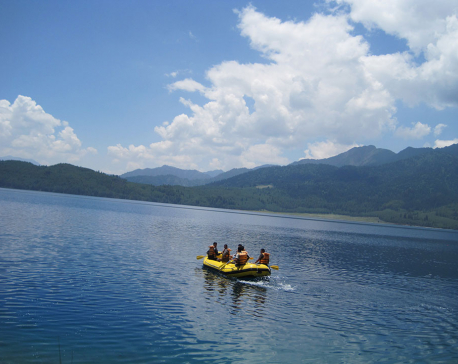
Hoteliers in Rara Lake fleecing tourists
MUGU, April 14: Hoteliers in Rara Lake has been fleecing tourists under the cover of power and in cahoots with... Read More...
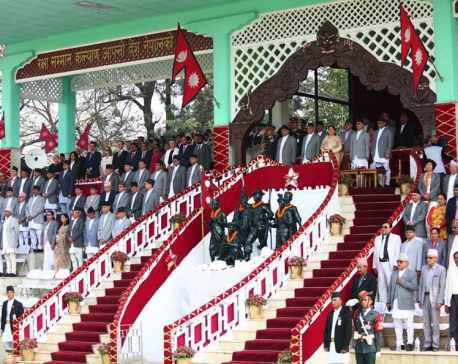
Paradox of republic
Impartiality has been one of humankind’s longest and the most elusive pursuits. Despite a variety of reforms enacted throughout history,... Read More...
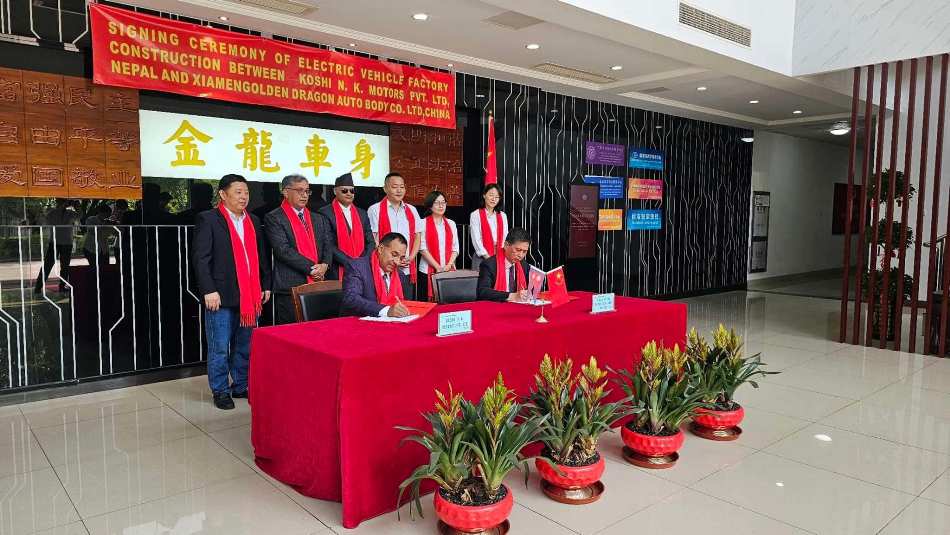
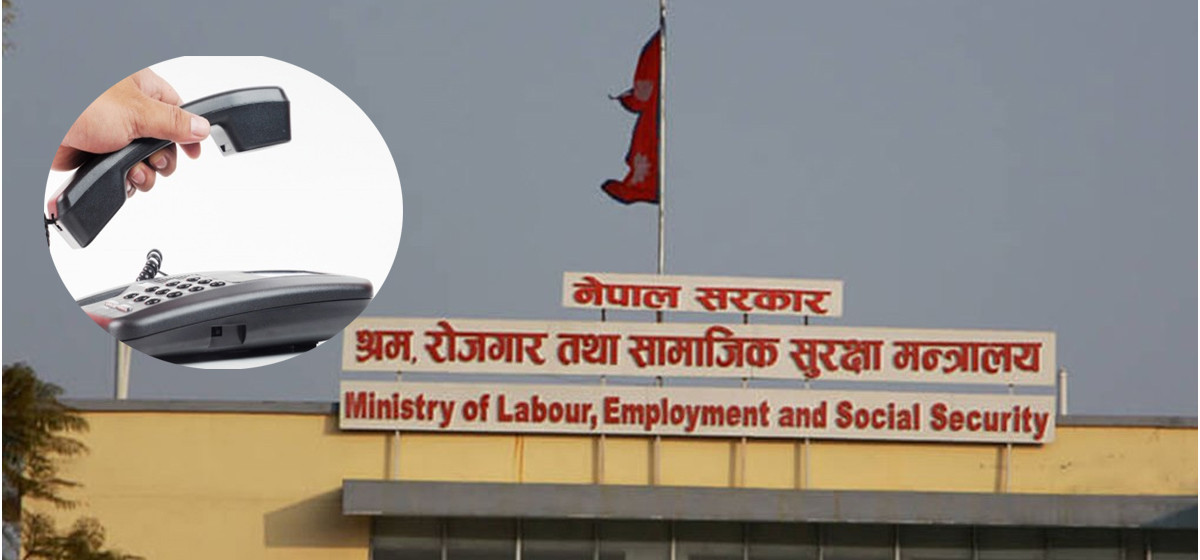
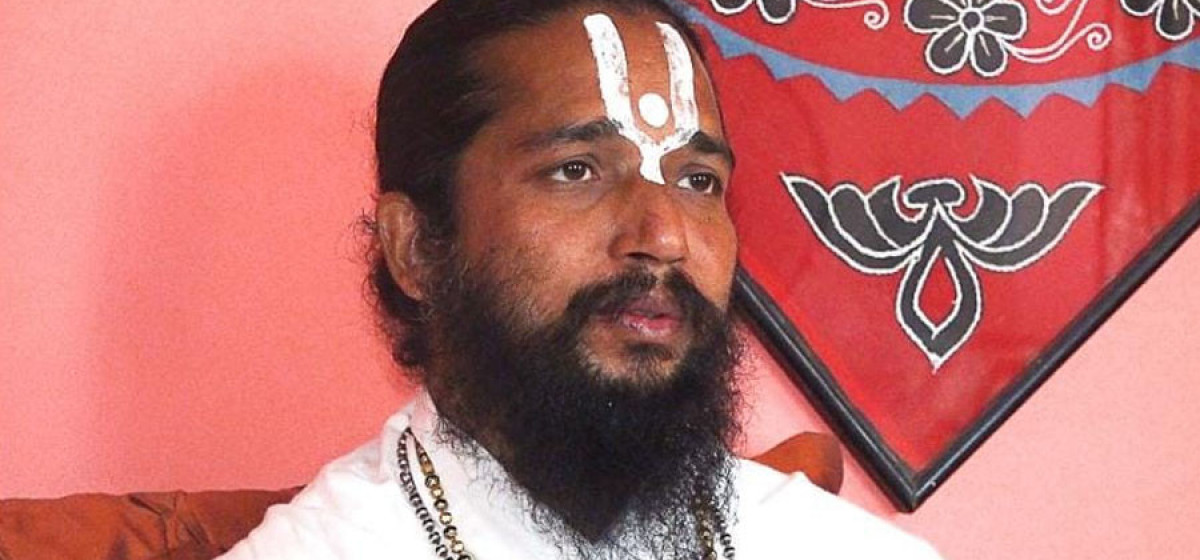
Just In
- Govt urges entrepreneurs to invest in IT sector to reap maximum benefits
- Chinese company Xiamen investing Rs 3 billion in assembling plant of electric vehicles in Nepal
- NEPSE inches up 0.07 points, while daily turnover inclines to Rs 2.95 billion
- Gandaki Province reports cases of forest fire at 467 locations
- Home ministry introduces online pass system to enter Singha Durbar
- MoLESS launches ‘Shramadhan Call Center’ to promptly address labor and employment issues
- Biratnagar High Court orders Krishna Das Giri to appear before court within one month in disciple rape case
- Ilam by-election update: UML candidate Suhang maintains lead






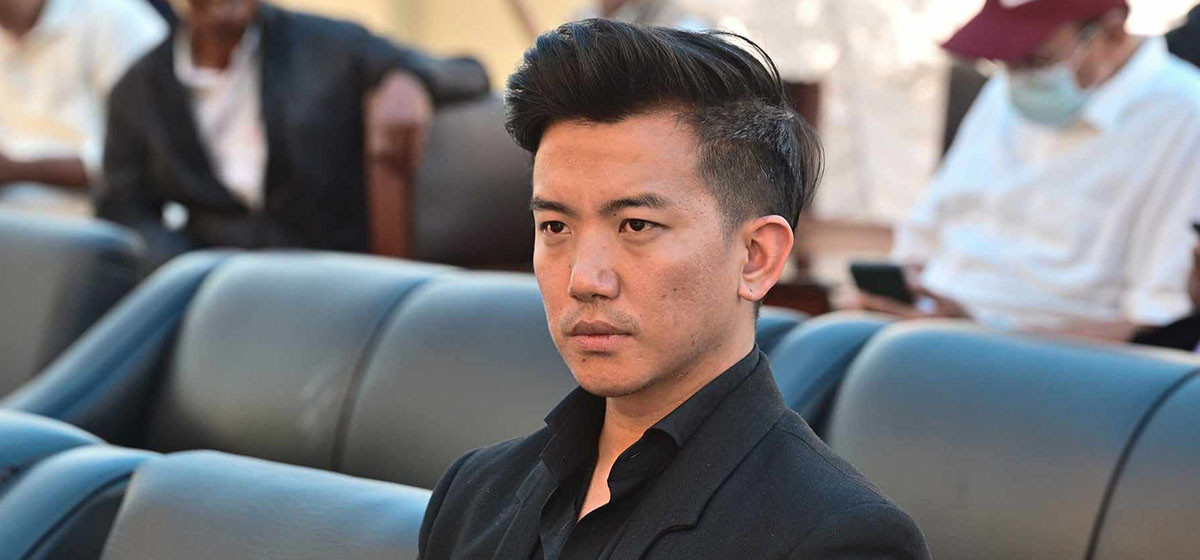
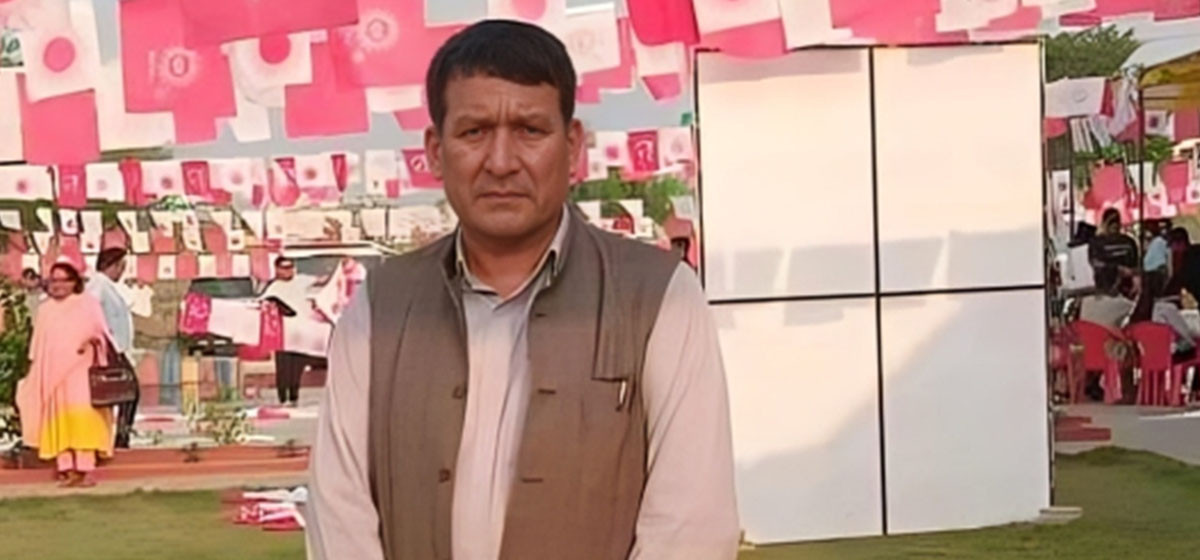
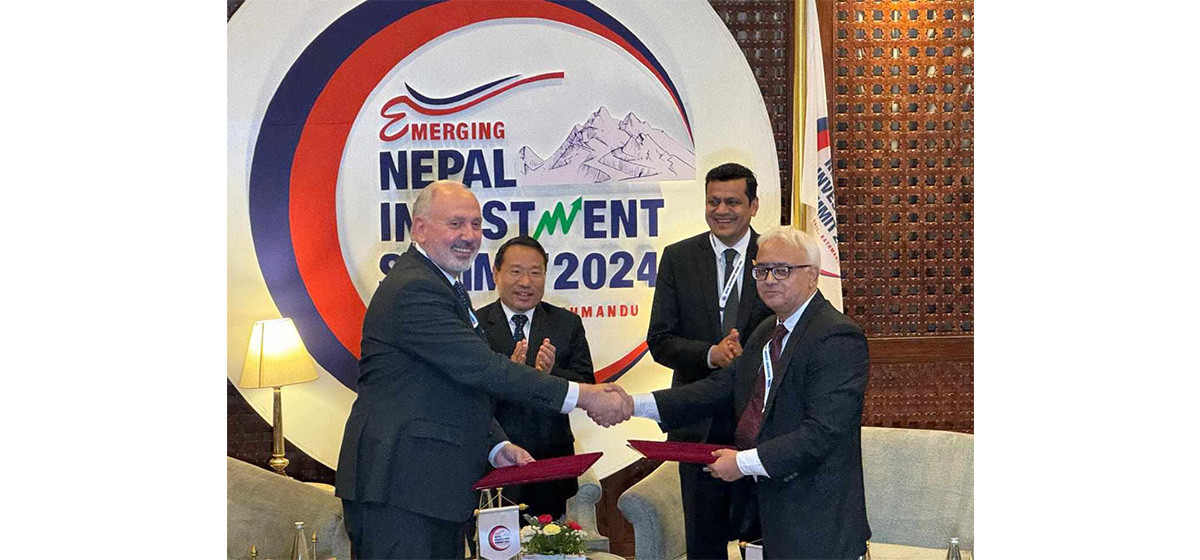
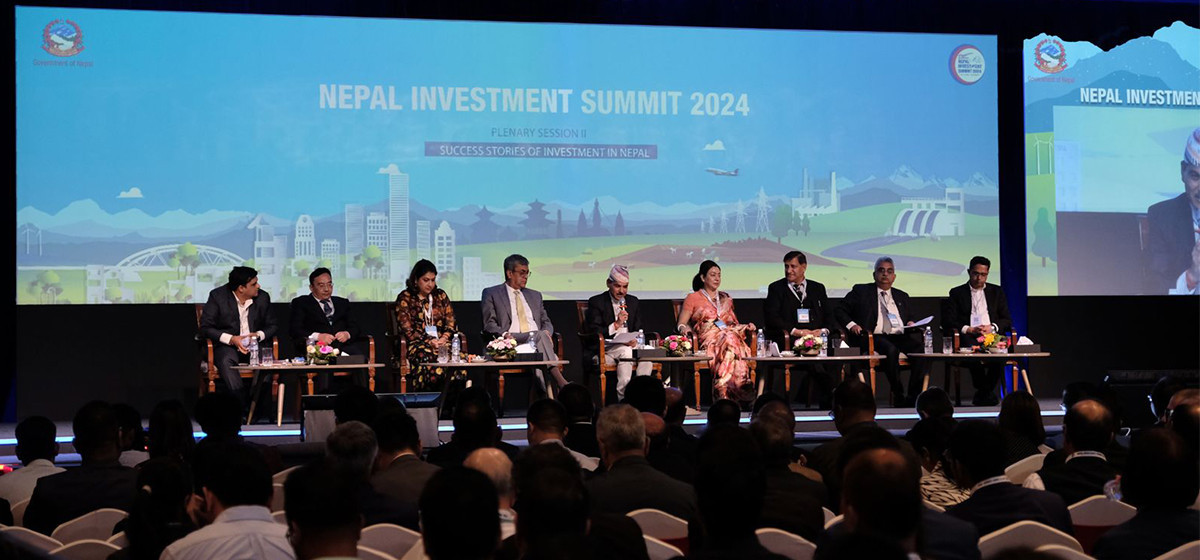


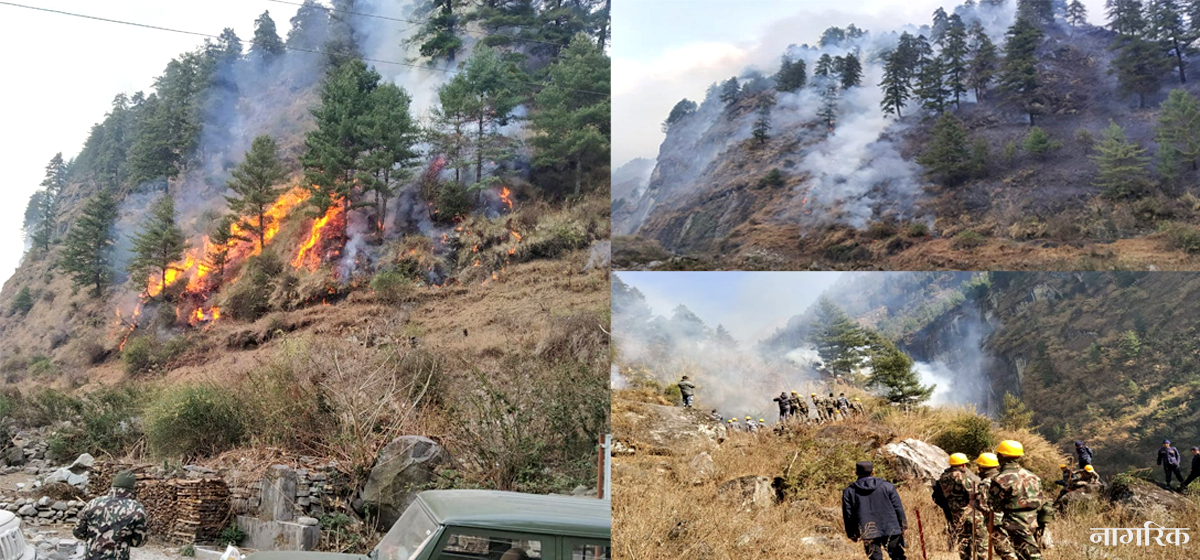

Leave A Comment